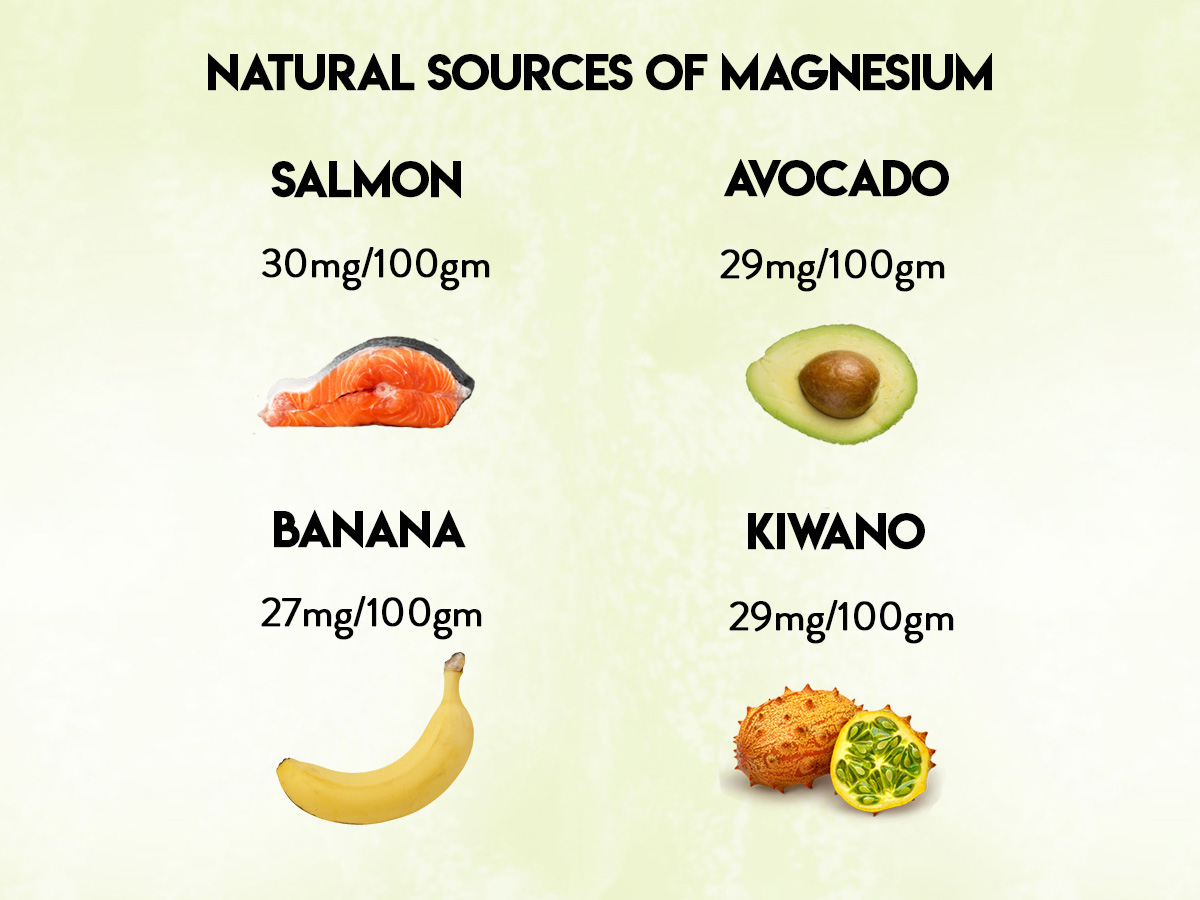
It’s not called a “vital” mineral for nothing. Magnesium is more than a nice to have or on-trend ingredient. Magnesium supports hundreds of chemical reactions in your body – in fact, every cell in your body needs it to function.
Recently there’s been growing recognition we may not be getting enough. Some studies suggest that about 60% of US adults do not consume the Recommended Daily Amount (RDA) for magnesium.
Why is magnesium so important?
Obviously, the task of keeping our cells and body processes functioning optimally is fairly critical! Magnesium helps keep blood pressure stable, regulates nerve and muscle function, and builds bone, DNA, and protein[1]. It also contributes to normal psychological function as well as children’s growth and development. What’s more, magnesium has benefits that can address some of the health problems associated with modern life – including poor sleep, migraines, and tiredness.

3 key health benefits of magnesium
- Bone strength – Magnesium and calcium work together to maintain strong teeth and bones.
- Reduces tiredness/fatigue – One of the key body processes magnesium is needed for is energy production. Nutrient deficiencies are one of the causes of tiredness, another reason why it’s so important to maintain a diet rich in vitamins and minerals.
- Supports normal muscle and nerve function – Magnesium works to both ease muscle tension and maintain a calm nervous system which is why it’s sometimes recommended for people with poor sleep. Other studies have shown getting sufficient magnesium can be an effective way to prevent migraine headaches.
How much magnesium do I need?
Recommended Daily Intake for NZ and Australian adults (same values for US adults)
|
|
Male |
Female |
|
19–30 years |
400 mg |
310 mg |
|
31–50 years |
420 mg |
320 mg |
|
51+ years |
420 mg |
320 mg |
What foods are rich in magnesium?
- Kiwano – 29mg per 100gm of Kiwano (that’s around ½ a medium sized Kiwano)
- Banana -27mg per 100gm in banana (the edible portion of an average small banana, measuring 15-18cm long).
- Salmon – 30mg per 100gm serve.
- Avocado – 29mg per 100gm (about 2/3rds of an average Calfornia Hass avocado without skin and pip)
- Almonds – 80gm magnesium in a 30gm serving.
- Quinoa – 118 mg in one cup of cooked quinoa
- Brown Rice – 86gms in one cup of cooked medium grain brown rice
Other good sources of magnesium in the diet are:
- whole grains (such as buckwheat, oats)
- pumpkin and sesame seeds
- cashews, peanuts
- Spinach/green vegetables
- Black beans
- Peanut butter
- Whole wheat bread
- Yoghurt
- Fortified breakfast cereals
- Kidney beans
(This article has a good breakdown of magnesium levels in different foods.)
As you can see from the above list there’s some pretty delicious ways to get in your RDA of magnesium! Try these combos:
- A smoothie with peanut butter, banana, yogurt and skim milk
- Salmon, spinach and avocado salad with kiwano dolloped on top
- Quinoa with beans and toasted pumpkin seeds.
- Our own Japanese-style Kiwano and Salmon recipe
At the end of the day no one wants to sit around counting their milligrams of magnesium! Simply, healthy eating is about eating a wide variety of nutrient-rich foods (and if they’re naturally grown without chemicals or pesticides, even better). As renowned food author Michael Pollen famously said, “Eat real food, not too much, mostly plants.”
[1] https://www.medicalnewstoday.com/articles/322596.ph



